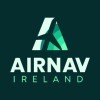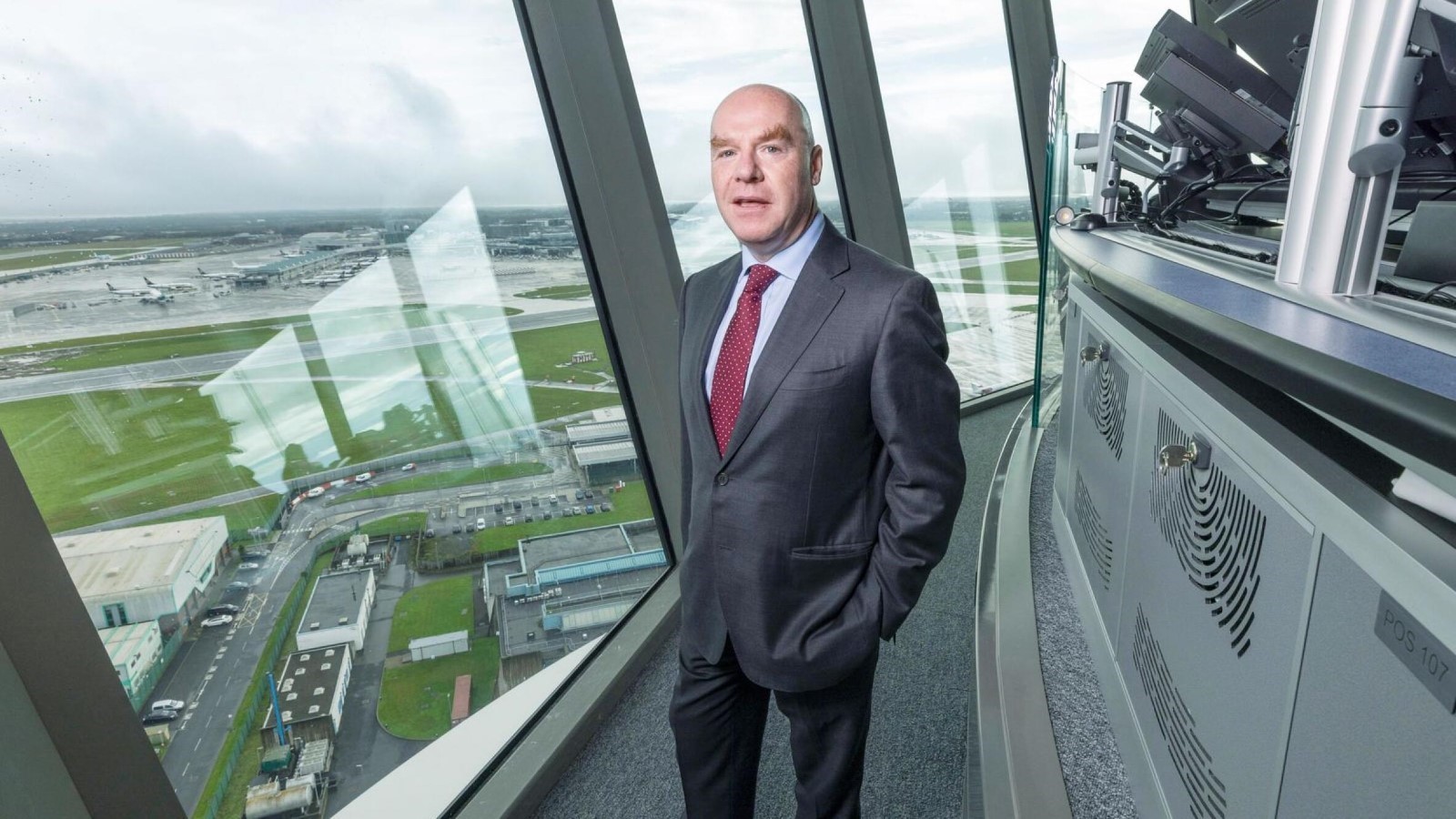AIRNAV CEO apostle of ATC Safety Culture


Below is a superb statement by Peter Kearney, Chief Executive of AirNav Ireland on human error in his commercial company owned by the State, which has responsibility for the provision of air traffic management, aeronautical communications, and related services in Irish controlled airspace. Can the US Air Traffic Organization learn from this peer air navigation service provider (ANSP)?
As the first nation to fly, we tend to assume that all we have done is on the leading edge of global aviation. As the world’s largest air traffic control system in the world, approximately 50 000 flights per day covering approximately 15 percent of the Earth’s surface, the FAA rarely compares itself with other ANSPs. The US airspace is denser, more complicated, greater volume, as meteorologically challenged, and as variegated terrain as other ATCs.

The FAA was an early adopter of Safety Management Systems (SMS- Order JO 1000.37C – Air Traffic Organization Safety Management System 10.01.2021) and has applied this risk management discipline to its Air Traffic Organization. Timothy l. Arel (his first-rate background1, Chief Operating Officer, Air Traffic Organization signed the following statement on the importance of this regimen:
As the ATO helps build the Next Generation Air Transportation System, the resulting cross-organizational changes to the NAS require an intensive, proactive, and systematic focus on assuring safety. The ATO uses the Safety Management System (SMS) to achieve this. The SMS constitutes the operating principles that support the ATO in objectively examining the safety of its operations. This document is the result of an ATO-wide effort and reflects current international best practices and intra-agency lessons learned. It marks an important next step toward a mature and integrated SMS in the FAA. Therefore, it is important that all ATO personnel work diligently to uphold and follow the procedures and guidance in this SMS Manual to manage safety risk and help promote a positive safety culture in the ATO and the FAA
So, what might the US learn from the Irish?
Mr. Kearney has impressive experience inside and out of the ANSP work–

Chief Executive Officer
AirNav Ireland ·2023 – Present ·

Chairman
A6 Alliance ·Jan 2023 – Present · 11 mos.

COOPANS Alliance
Chairman and Vice Chairman 7 yrs. 1 mo.

Irish Aviation Authority
- CEO 10 yrs. 8 mos.
- Air Traffic Management Operations Manager13 yrs 9 mos
- Air Traffic Management Specialist 7 mos
- Air Traffic ControllerAir Traffic Controller 11 yrs 9 mos
Add to that his academic CV–

With that background, Kearney’s statement of safety in his air traffic organization speaks to the men and women in the towers and centers. His words relate to them in their terms. He conveys the high-level mission that inspired him to be vigilant in his safety charge. His message emphasizes the dual aspects of SMS (i) TO ERR IS HUMAN, but (ii) those MISTAKES PROVIDE TREMENDOUS LESSONS TO REDUCE THE RISK OF REPEATING THEM. Clearly, his target is to encourage the AirNav rank-and-file to avail themselves of the reporting process of SMS and underscore trust in the protections that are predicate to safety improvements

Peter Kearney, air safety boss: ‘When you have humans, there is always potential for error’
Ireland’s air traffic management service expects to guide around 1.25 million planes through Irish airspace in 2024
OCTOBER 21, 2023

Peter Kearney, AirNav. ‘We have an incredible safety management infrastructure. We have an independent dedicated unit just for safety management and compliance … No matter what we do, the very first question is always related to safety’.
Picture: Fergal Phillips
Walking around the air traffic control tower at Dublin Airport, two things stand out. One is the view, which on a clear day stretches as far as the Mourne Mountains to the north, and mountains in Wales to the east.
The second is the sense of calm – the atmosphere is a far cry from how air traffic control towers are displayed in movies.
For Peter Kearney, head of AirNav, the new air traffic management service in Irish airspace, managing passenger and crew safety is key to everything that the organisation does.
In aviation, as in every other walk of life, not everything runs smoothly.
“WHEN YOU HAVE HUMANS IN THE MIX, THERE IS ALWAYS POTENTIAL FOR ERROR, and we all make mistakes. But at the same time, it’s important to say that today, for example, 100,000 flights globally will take off and land with 15 million passengers on board,” Kearney tells the Business Post.
There was a total of five commercial aviation accidents last year, according to Kearney.
“Of course, five is too many, but there were 32.2 million flights that year. You can see that it’s an extremely safe activity. It’s only safe because of the work that EVERYBODY IN THIS ECOSYSTEM puts in, ourselves, the airlines, the airport operators, the training schools, the engine manufacturers, the maintenance people,” he says.
Among the biggest challenges facing the sector is the current geopolitical unrest in Europe, according to Kearney.
“The war in Ukraine is a terrible thing to experience in our lifetime . . . it’s had a massive impact on aviation operations in Europe,” he said.
There is currently 20 per cent less airspace available in Europe because of the war, according to Kearney.
“Half of Poland is not available to civil aviation operations because of Nato activity, military activity. That has meant that aircraft that traditionally would navigate across Poland have been pushed further south,” he said.
“You might think, why does that bother you on the most western edge [of Europe]? . . . We play a massive role, where we are in helping the UK and European network generally in managing delay, providing capacity and reducing delay.”

AIRNAV IRELAND HAS BEEN SEPARATED OUT AS A STANDALONE ENTITY FROM THE IRISH AVIATION AUTHORITY (IAA). It is a commercial semi-state company employing 630 people at six locations around Ireland and was officially launched on Friday although it has operated for some time already.
Kearney, a former pilot, is keen to stress the high level of safety in the aviation sector.
Whenever an INCIDENT occurs involving AIRCRAFT AROUND THE WORLD the organisation will DO AN ANALYSIS OF WHAT LESSONS IT CAN LEARN and what it can do to enhance safety.
“We have an incredible SAFETY MANAGEMENT INFRASTRUCTURE. We have an independent dedicated unit just for safety management and compliance … We investigate every incident that would occur . . . no matter what we do, the very first question is always related to safety,” he says.
AirNav expects the level of air traffic in Irish skies to increase 20 per cent by the end of the decade, according to Kearney.
This year the semi-state is looking at a repeat of 2019 air traffic numbers – when it handled at least 1.1 million aircraft – and then some.
“I think we will be slightly ahead [of 2019]. It is a little bit hard to judge yet but I think we’ll be somewhere in the region of probably 1.25 million, perhaps 1.3 million aircraft this year – which is a phenomenal number because most of those aircraft don’t land here at all, most of them are not Irish operators,” Kearney says.
We’re expecting a 12.5 per cent increase in traffic next year – the outlook is probably for in the order of a 20 per cent increase by the end of the decade

“We’re expecting a 12.5 per cent increase in traffic next year. The outlook is probably for in the order of a 20 per cent increase by the end of the decade, or if the high growth projection comes through, it will be 20 per cent plus.”
However, he warned that due to the global nature of the aviation sector, the organisation is not immune to international events.
“The geopolitical situation in the Middle East could easily have an impact. Nevertheless, no matter what happens, we know that the resilience of aviation generally – but particularly here on the western edge of Europe – is so strong that the rebound will eventually come,” he says.
Shortages of air traffic control employees have resulted in airlines in the United States cutting flights, while in Europe the shortages have led to passenger delays.
AirNav, which had turnover of €185 million [ $203,167,000.00 US dollars]
in 2022, employs 260 air traffic controllers across Dublin, Cork and Shannon. Engineers, technicians and other specialists make up the rest of the 630-strong workforce.
Currently training
Around 28 students are currently training to be air traffic controllers, with an additional 24 starting in February next year.
The organisation plans to train a further 240 candidates for careers in air traffic control over the next ten years.
“When we look at the growth that’s predicted, we see that we have to continue to train. We’re taking a number of steps. We’re increasing the class size of our classes. Normally, we would take about 18 students [per year]; we’re going to increase that to 24,” Kearney says.
“Over the course of the next ten years, we’re looking to take in 240 colleagues,” he adds.
Unlike in continental Europe and the United States, there is a sufficient number of air traffic controllers in Ireland at the moment to deal with the level of traffic in Irish airspace, he maintains.
A factor behind the shortages across Europe and the US is that air traffic control organisations have not been recruiting consistently, Kearney believes.
“We very carefully plan our staffing requirement against the traffic forecast we receive centrally from Europe. That gives us a sense of what we need to do,” Kearney says.
“And probably our workforce was a little bit younger, so we weren’t facing retirement issues that they’re seeing in other places.”
In addition, AirNav is “pretty effective” in training new staff.
“We can train somebody from having absolutely no knowledge of air traffic control to being a rated air traffic controller in about two years, which is twice as fast as the French can do it,” he says.
“We have some very good tests at the very beginning, which gives us a great sense of the person’s capacity to succeed. Once they’re capable of getting through those tests, about 95 per cent will pass eventually as an air traffic controller. I think we’re a bit more agile and a bit more responsive, perhaps, than some of the air traffic control providers around the world.”
